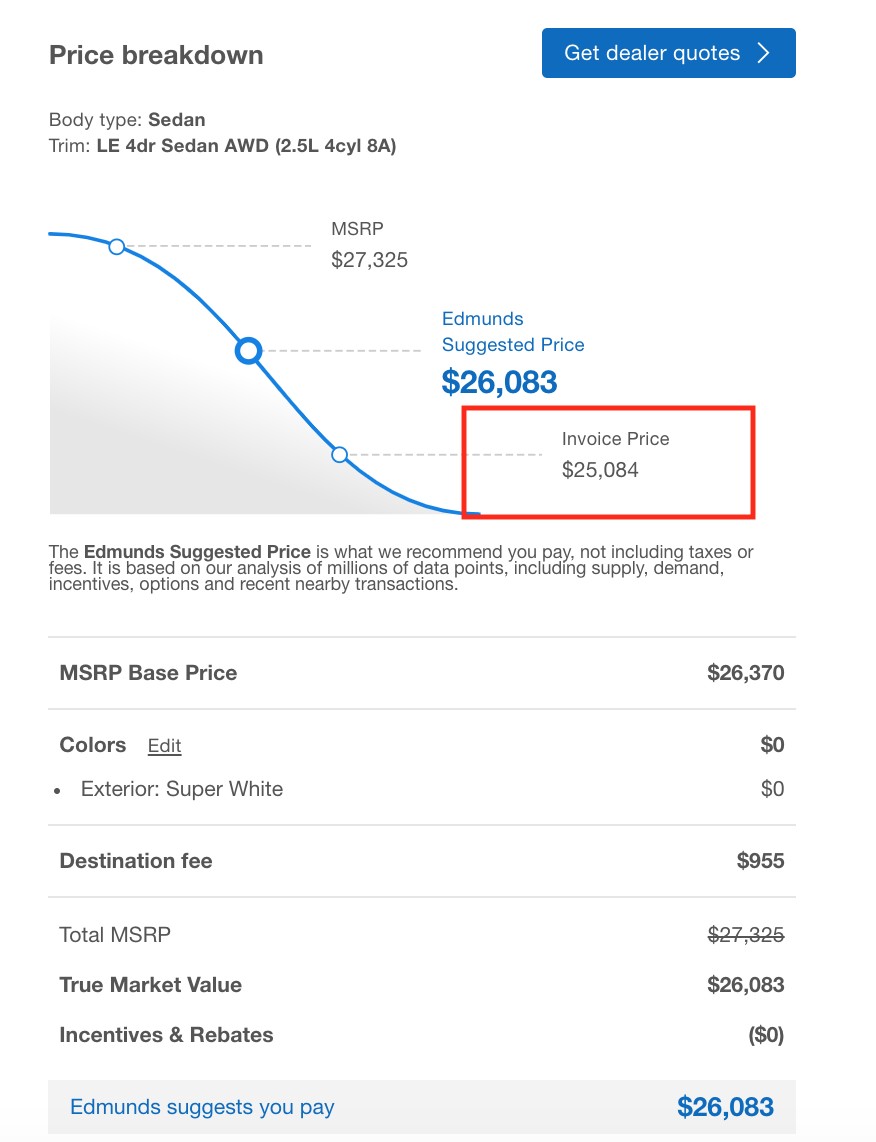Finding the best price for a new or used car can be challenging. Knowing the fair market value is crucial for successful negotiations. That’s where online car pricing tools come in. These tools leverage vast amounts of data to provide accurate price estimates, empowering you to make informed decisions. This article explores how these tools work and how they can help you secure the best deal.
Understanding Online Car Pricing Tools
Online car pricing tools, often referred to as car valuation tools, analyze millions of data points to estimate a vehicle’s market value. These data points include:
- Supply and Demand: Current market trends significantly influence prices. High demand and low supply can drive prices up, while the reverse is also true.
- Incentives and Rebates: Manufacturer and dealer incentives, such as cash back offers, can impact the final price.
- Options and Features: Specific features and packages, like navigation systems or leather seats, affect a car’s value.
- Vehicle History: For used cars, factors like mileage, accident history, and overall condition contribute to the valuation.
- Location: Prices can vary geographically due to local market conditions.
 alt text: A person using a laptop to research car prices online
alt text: A person using a laptop to research car prices online
How to Use Online Car Pricing Tools for New and Used Cars
New Cars: When shopping for a new car, use a pricing tool to determine a fair target price before visiting a dealership. Compare the tool’s suggested price with the dealer’s offer. This knowledge will help you negotiate confidently and potentially save money. You can also use the tool to compare prices across different dealerships.
Used Cars: For used cars, these tools offer two key values: trade-in value and retail price. The trade-in value estimates what a dealer might offer you for your current vehicle. The retail price indicates the expected selling price from a dealer. Knowing both figures helps you assess the fairness of a deal, whether you’re buying or selling.
Edmunds Suggested Price: A Deep Dive
Edmunds True Market Value® (TMV®), also known as the Edmunds Suggested Price, is a popular example of an online car pricing tool. It estimates the average transaction price for vehicles in your area based on a comprehensive analysis of real transaction data.
Data Sources: Edmunds gathers data from various sources, including dealer transaction data from partners like CarMax. Although CarMax is a subsidiary of Edmunds, it doesn’t influence how Edmunds calculates its values. The data is used solely to ensure accurate pricing.
Factors Considered: Edmunds TMV takes into account various factors like supply, demand, incentives, options, and recent local transaction data. It provides an estimated average transaction price, excluding taxes and fees that are typically added later in the buying process. This gives you a clear picture of the vehicle’s core value.
Tips for Effective Car Price Negotiation
- Research Thoroughly: Use multiple online pricing tools to compare estimates and get a well-rounded understanding of the market value.
- Be Realistic: Understand that market conditions fluctuate. While pricing tools offer valuable guidance, prices are always negotiable.
- Use the Tool as Leverage: Show the dealer the suggested price from the tool to demonstrate your knowledge and strengthen your negotiating position.
- Be Prepared to Walk Away: If the dealer isn’t willing to negotiate fairly, be prepared to explore other options.
Conclusion
Online car pricing tools are invaluable resources for both buyers and sellers. They provide the market insights needed to negotiate confidently and secure the best possible deal. Leveraging these tools empowers you to make informed decisions and avoid overpaying for your next vehicle. Remember to use multiple resources, understand market dynamics, and be prepared to walk away if necessary. With the right tools and strategies, you can navigate the car buying process with confidence.

